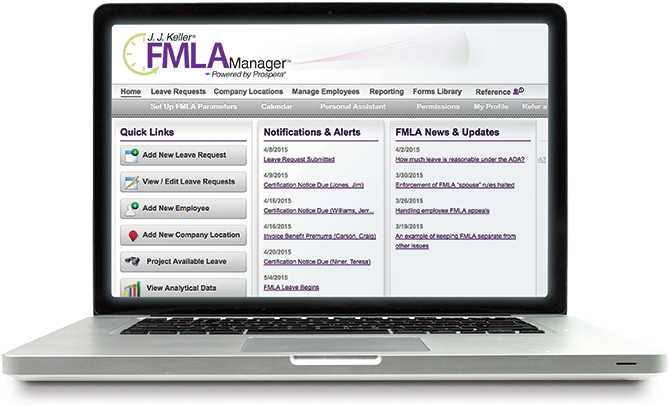FMLA Articles
FMLA and the domino effect of bouncing stress balls
In this case, the balls helped cause stress For every action there is an equal and opposite reaction. This is true in life; and one action can lead to another, even in the world of work. Sometimes, one innocent action, such as bouncing a stress ball off the floor, can be part of a chain reaction that leads to a negative action, such as a court case. Case in point Jasmine, an employee, worked on a major project for a few years when she told Bob, her supervisor, that her personal life had changed and her work responsibilities were causing her post-traumatic stress disorder (PTSD) to be triggered, stressing her beyond what she could handle. Soon thereafter, Jasmine took a few days off for a medical condition. Subsequently, in response to her request, Bob reassigned some of Jasmine’s tasks. A little over two months later, Bob indicated concerns to Jasmine about her work performance. Jasmine disagreed. A couple weeks later, however, Jasmine received a poor rating in her formal mid-year review, and was placed on a performance improvement plan (PIP). Jasmine refused to sign it, and felt that she was inaccurately assessed; that her poor rating was because she complained of coworkers bouncing stress balls. She no longer felt comfortable working for Bob and asked to be assigned to a different supervisor. Her request was not granted. Jasmine took more leave for her condition which she claimed was somewhat triggered by the “hostile work environment” — working for someone with reckless indifference to her mental and emotional well-being. She was released to return to work, but the doctor recommended a different manager. The employer, instead, provided more leave — for a total of 18 weeks. At the end of the leave, Jasmine requested more leave and a new supervisor (again), which were denied. Jasmine rendered her resignation and filed a claim that the employer retaliated against her for taking FMLA leave when, two months after the leave, it put her on a PIP. The court found that, because receiving a negative performance review and being placed on an improvement plan would dissuade a reasonable employee from taking FMLA leave, and because the adverse employment action occurred just over two months after the protected activity, the retaliation claim in the case was allowed to proceed to a jury. Takeaway: Courts will look at the time between the taking of FMLA leave and a negative employment action as evidence of retaliation. This employer could not convince the court that the PIP was not at least in part due to the employee’s leave. While the seemingly innocent bouncing balls didn’t begin the chain of events, they played a part in the employee’s decision to file a claim; they were part of the domino effect. Tinsley v. Caterpillar, Sixth Circuit Court of Appeals, No. 18-5303, March 20, 2019. This article was written by Darlene M. Clabault, SHRM-CP, PHR, CLMS, of J. J. Keller & Associates, Inc. The content of these news items, in whole or in part, MAY NOT be copied into any other uses without consulting the originator of the content.
You may also enjoy the following articles:

The J. J. Keller FMLA Manager service is your business resource for tracking employee leave and ensuring compliance with the latest Federal and State FMLA requirements.